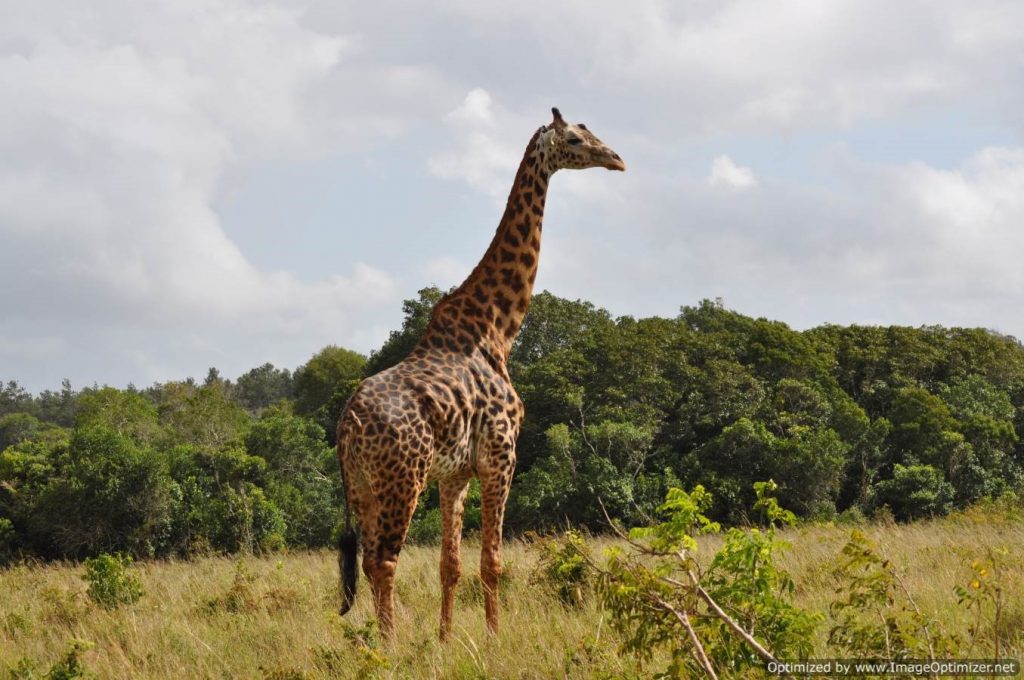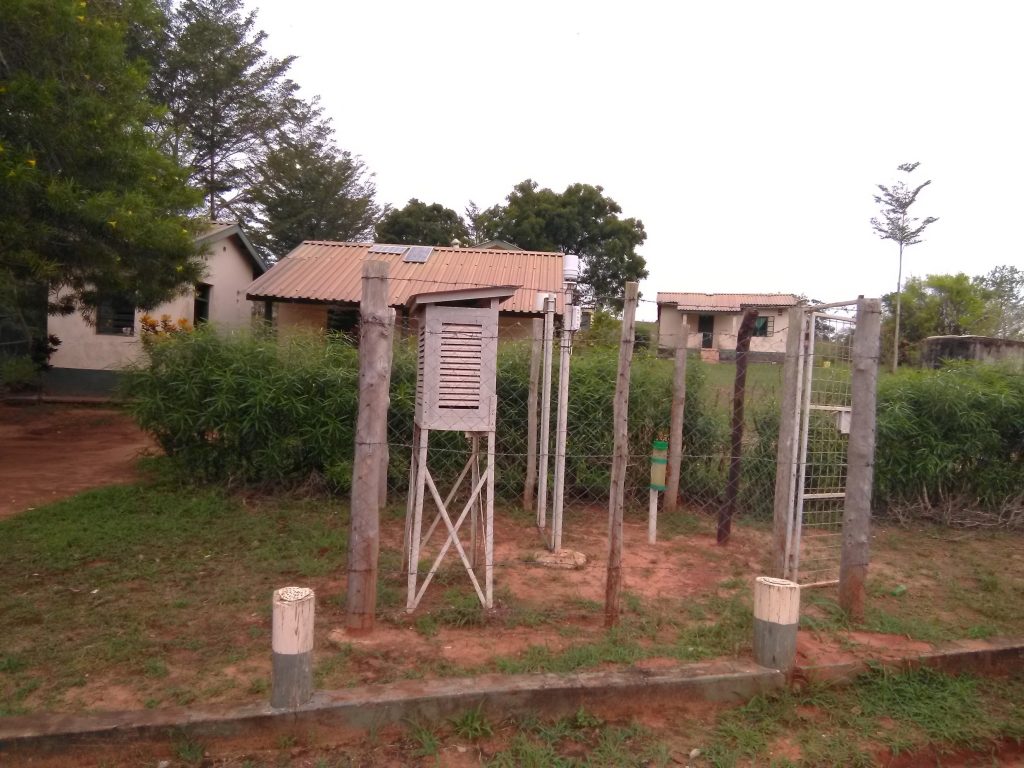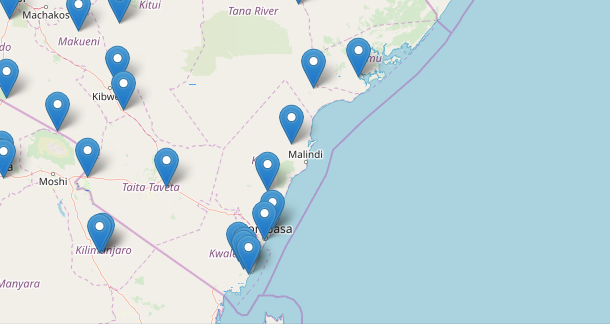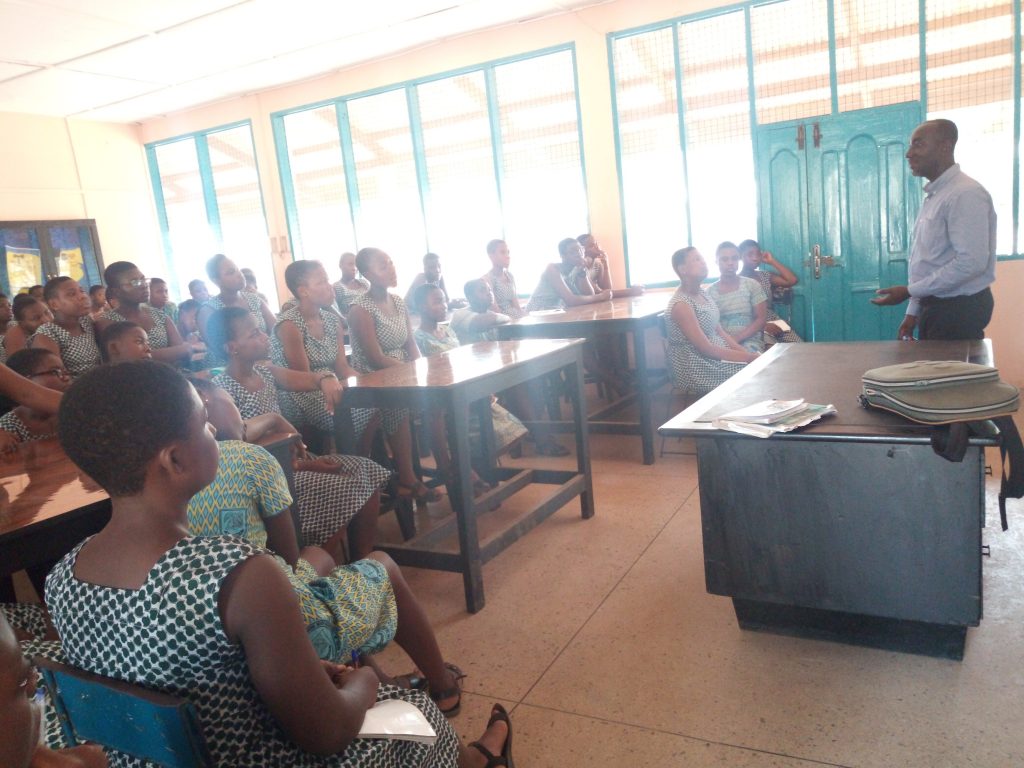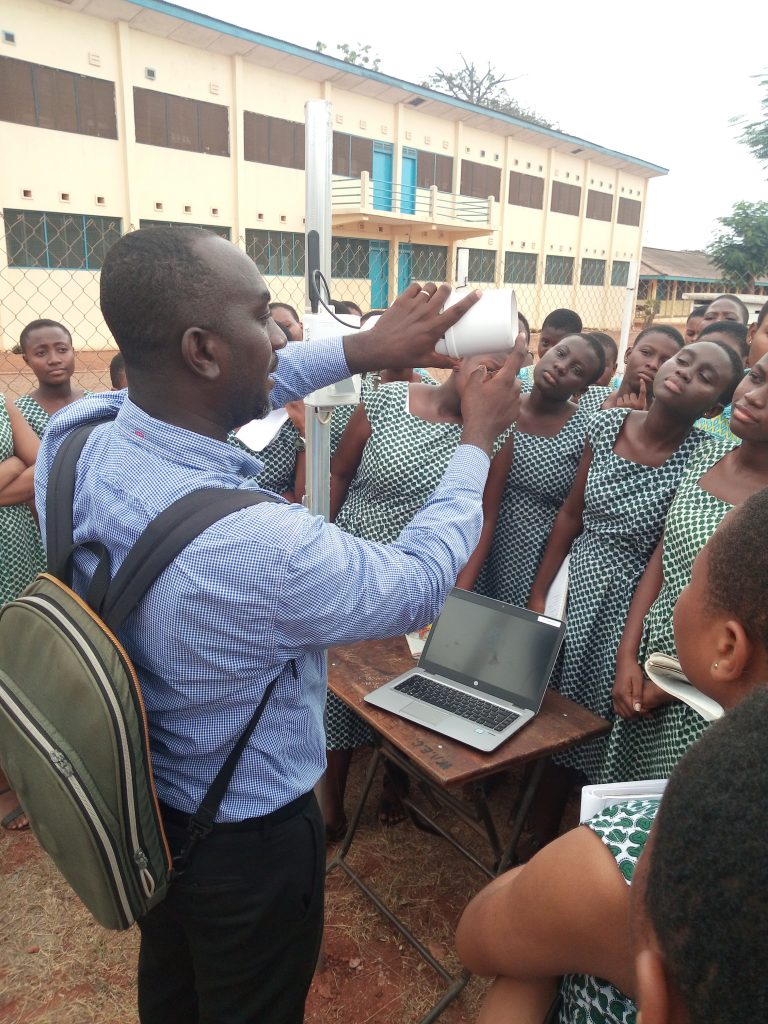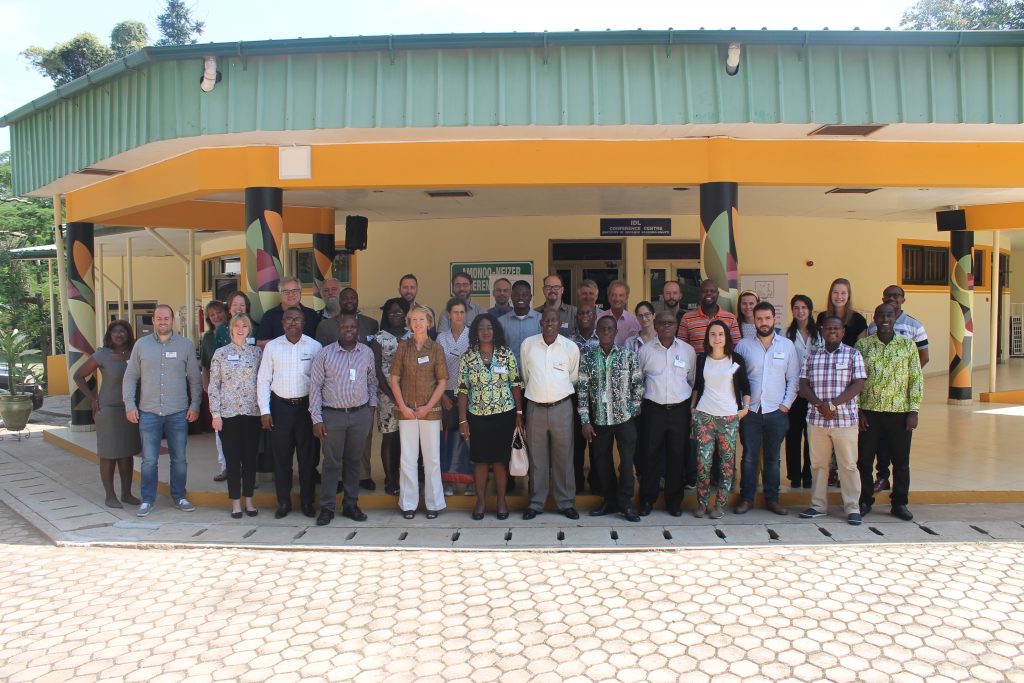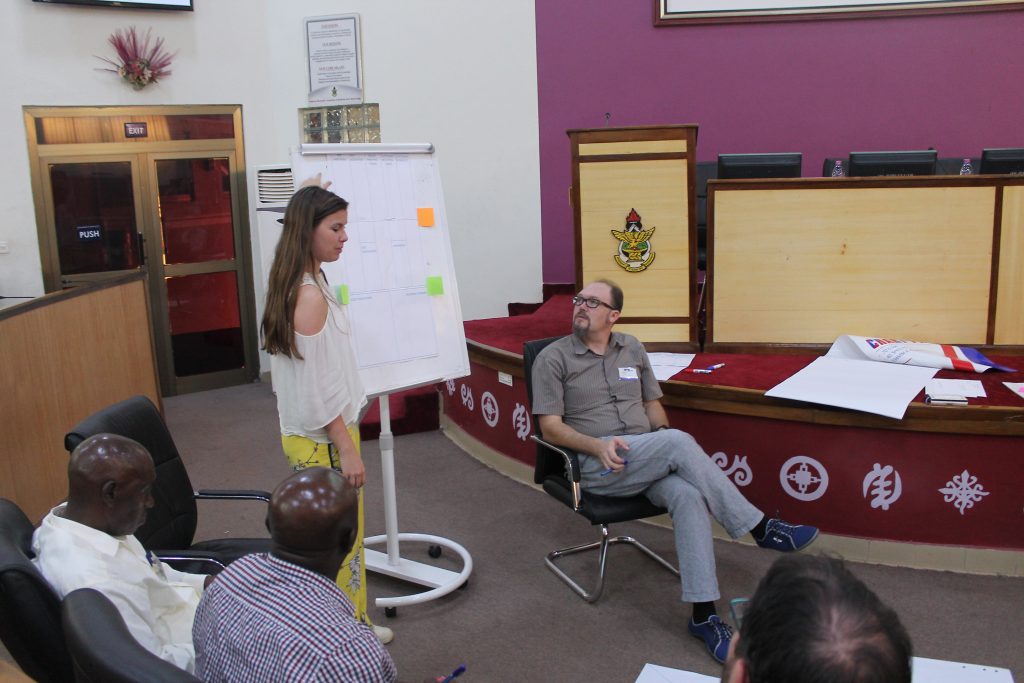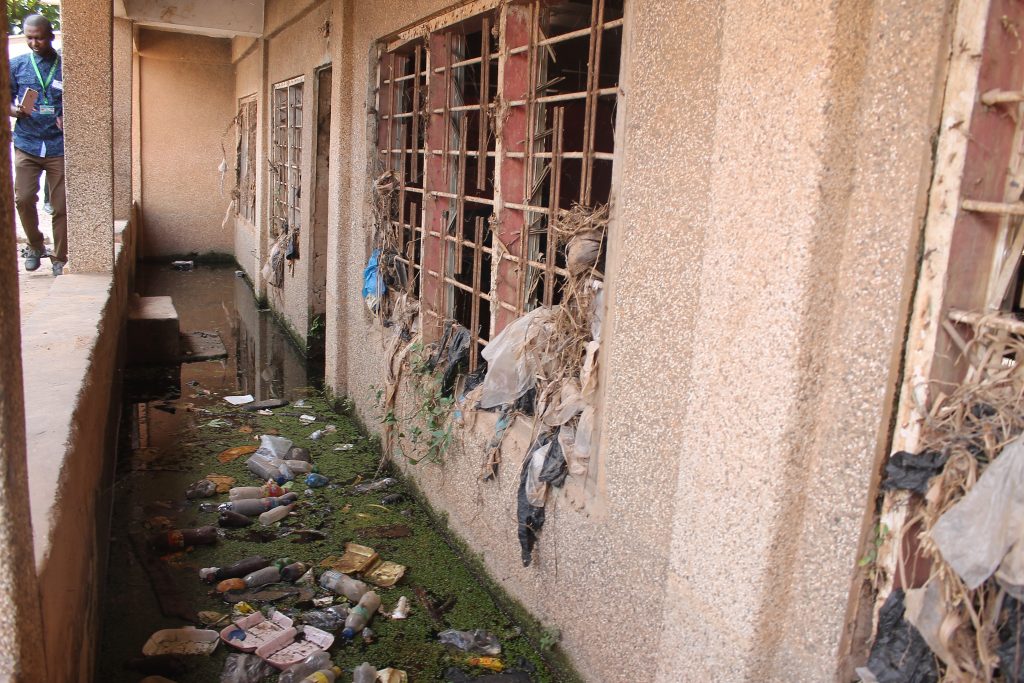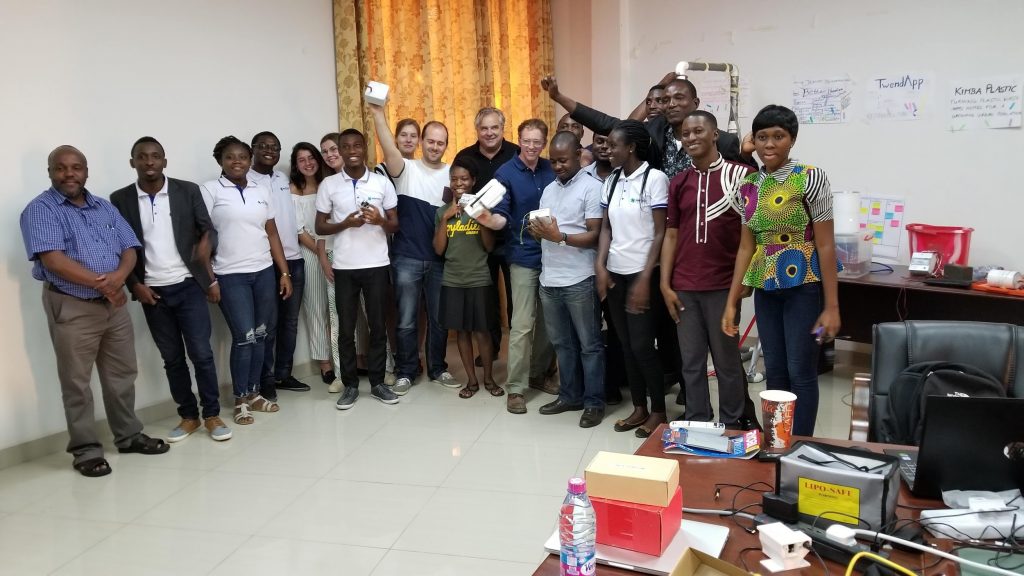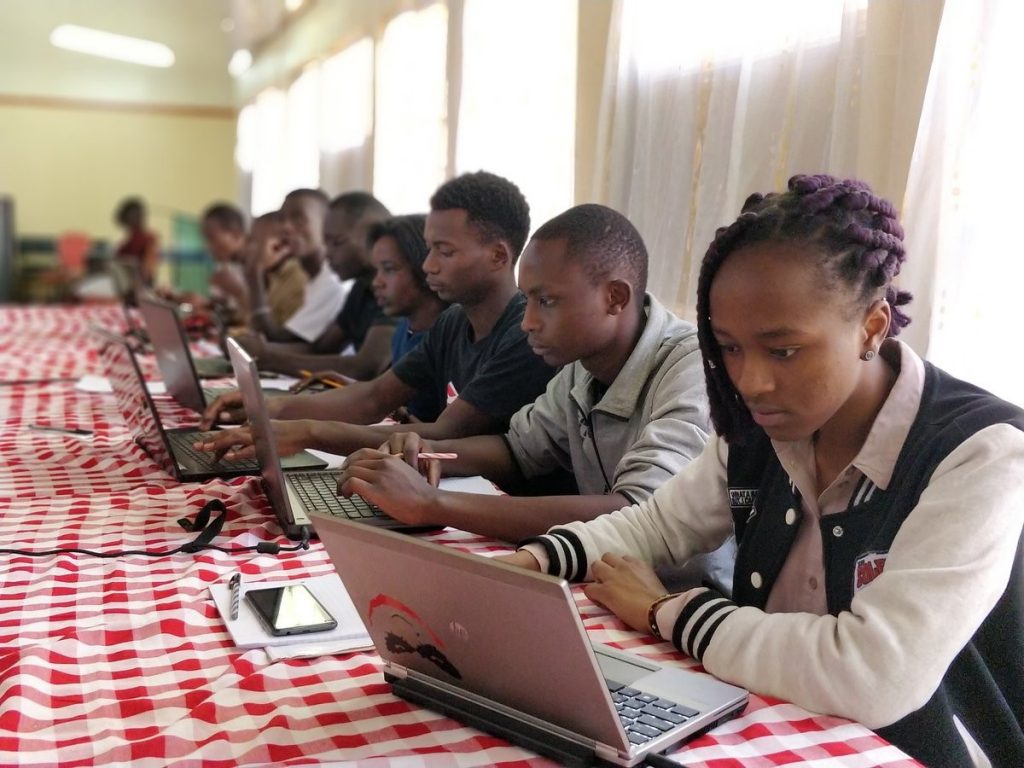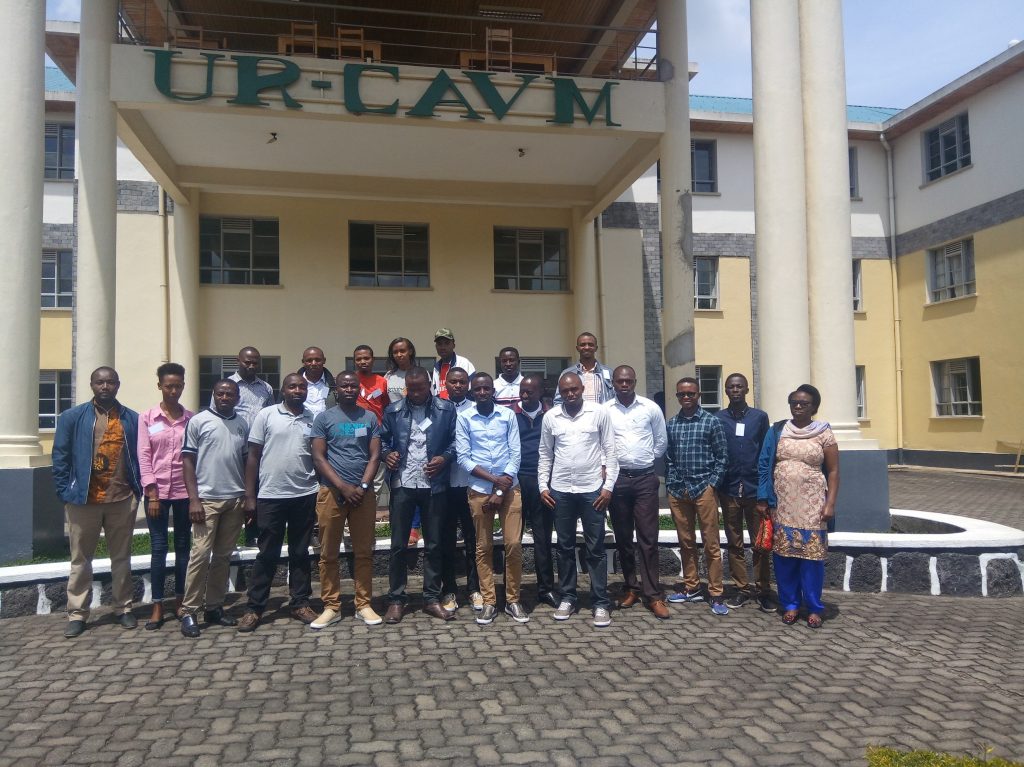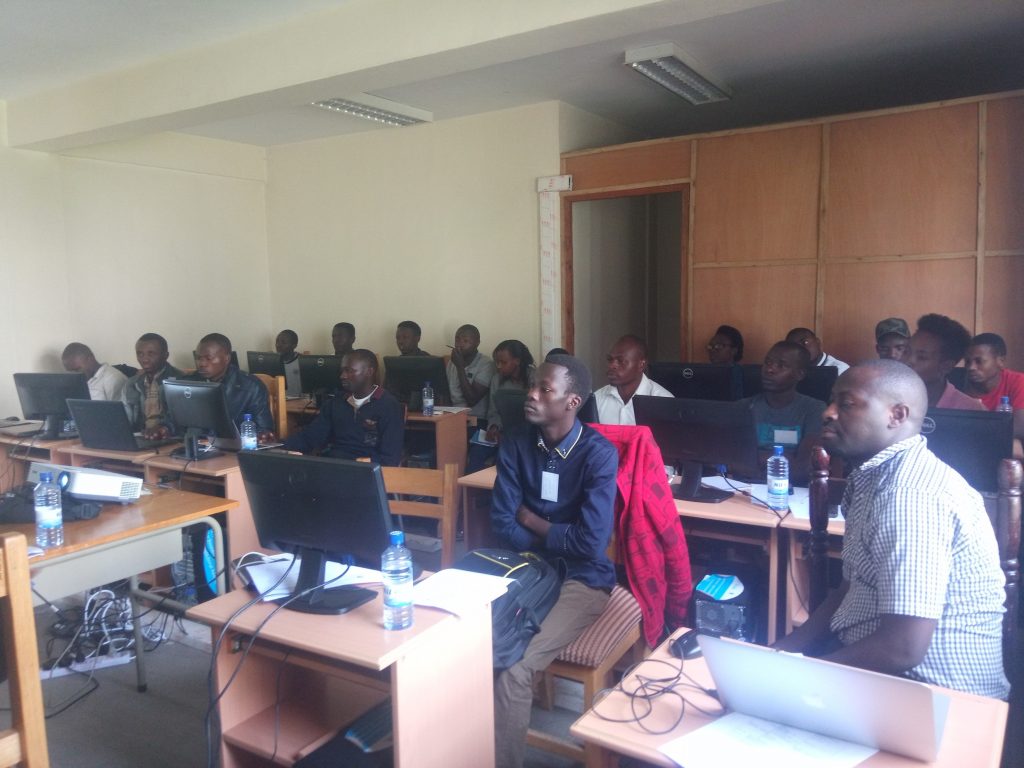TAHMO Attended GSMA MWC Meeting
In October, representatives from TAHMO in Rwanda and Tanzania embarked on a transformative journey to the GSMA MWC Kigali Series. The GSMA, a global organization dedicated to unifying the mobile ecosystem and driving innovation for positive change in both business and society, set the stage for an inspiring gathering.
As a climate and weather observatory institution, TAHMO found itself uniquely positioned to leverage the opportunities presented at this event. The theme of a “new chapter for climate action” resonated deeply with the organization’s mission. However, the real game-changer was TAHMO’s selection by the GSMA Mobile for Development Foundation, Inc. for an Innovation Fund Grant Agreement. This recognition was more than just an accolade; it was a chance to further their noble cause.
The vibrant setting of the KIGALI M Hotel hosted a startup boot camp on the 15th and 16th of October, attended by Lisa from Tanzania. The connections made during this event would prove to be pivotal in the days to come.
On the first day of the meeting, attendees were treated to insights from notable speakers, including the esteemed President of Rwanda, Paul Kagame. His emphasis on “making digital life cheap and inclusive” set the tone for a gathering aimed at breaking barriers and driving positive change.
The second day of the meeting maintained the momentum, focusing on “unleashing tomorrow’s technology today.” Sessions were dedicated to building a connected Africa, with distinguished speakers like Lacine Kone sharing their perspectives and expertise.
The overarching theme of the GSMA MWC Kigali Series was crystal clear: the mobile industry had the potential to be a force for good in the realm of climate action. Climate change is an existential threat that humanity must address, and the mobile industry is poised to play a significant role in this global battle.




The mobile sector has made significant strides by collectively developing an industry-wide climate action roadmap with the ambitious goal of achieving net-zero greenhouse gas emissions by 2050, aligning with the Paris Agreement. The commitment of around 80% of the global mobile industry by revenue to disclose their climate impacts, energy consumption, and GHG emissions through the CDP global disclosure system was a testament to their dedication. Moreover, over 60% of the industry had committed to science-based targets, a pledge to rapidly reduce carbon emissions over the next decade.
The mobile industry’s proactive approach to addressing climate change didn’t go unnoticed. It was recognized as one of the first breakthrough industries, with the GSMA serving as an accelerator for the UN Race to Zero initiative. The Mobile for Development’s ClimateTech program was furthering these efforts, aiming to foster greater integration between digital technology and climate mitigation, adaptation, and resilience strategies, particularly in low and middle-income countries.
TAHMO’s mission aligned seamlessly with these global efforts. The Trans-African Hydro-Meteorological Observatory (TAHMO) was on a mission to develop an extensive network of weather stations across Africa. These stations would provide critical current and historical weather data essential for various applications, including agriculture, climate monitoring, and hydro-meteorology. TAHMO’s presence at the GSMA MWC Kigali Series was a testament to their commitment to harnessing the power of mobile technology for the betterment of Africa and the planet.
In Kigali, a shared vision for climate action, innovation, and a more connected world brought people and organizations together. It was a glimpse into a brighter, more sustainable future where mobile technology played a pivotal role in the fight against climate change. As the event concluded, attendees departed with renewed determination and a sense of purpose, ready to continue their collective journey towards a more sustainable and climate-resilient world.

